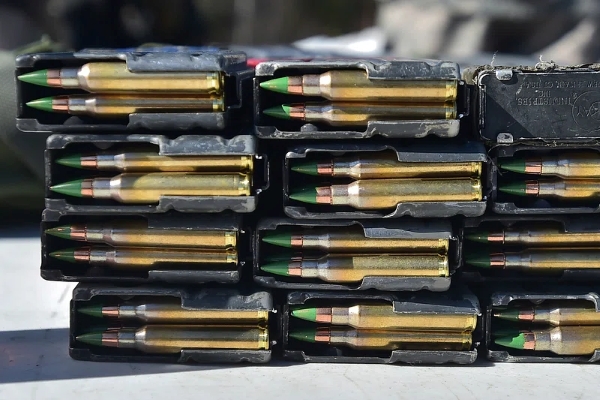The United States Supreme Court is on the clock to deliver a ruling on Cargill v. Garland by June.
Following the tragedy in Las Vegas in late 2017, the ATF moved to ban bump stocks under discretion from the White House – classifying them as machine guns.
Since then, circuit courts have come to different conclusions as to whether a bump stock is legally a machine gun, however, the ban remains in place pending the Supreme Court ruling.
A bill has already been introduced in Congress to regulate bump stocks, should the Supreme Court strike down the ban.
While the pending case mainly deals with bump stocks, other “rapid-fire” devices, such as the forced-reset trigger are also under legal scrutiny.
By definition, the National Firearms Act of 1934 defines a machine gun as a “gun that firearms more than one round with a single function of the trigger.”
Functionally, forced-reset triggers and bump stocks allow a firearm to fire at a rapid pace, although firing once every time the trigger is pulled.
The National Association for Gun Rights is representing Rare Breed Triggers, who designed the first forced-reset trigger, in a separate lawsuit.
A federal district court in Texas already ruled the ATF’s ban on forced-reset triggers is “likely unlawful,” and the National Association for Gun Rights was granted a preliminary injunction that encompassed all dues paying members.
In that case, Judge Reed O’Connor said:
“The definition of machinegun ‘utilizes a grammatical construction that ties the definition to the movement of the trigger itself, and not the movement of a trigger finger.’ The statute does not say ‘by a single pull of the trigger finger.’ Nor does it say ‘by single function of the trigger finger.’”
A ruling could drop any day now from the United State Supreme Court on “rapid-fire devices.”
Read more at The Hill.




